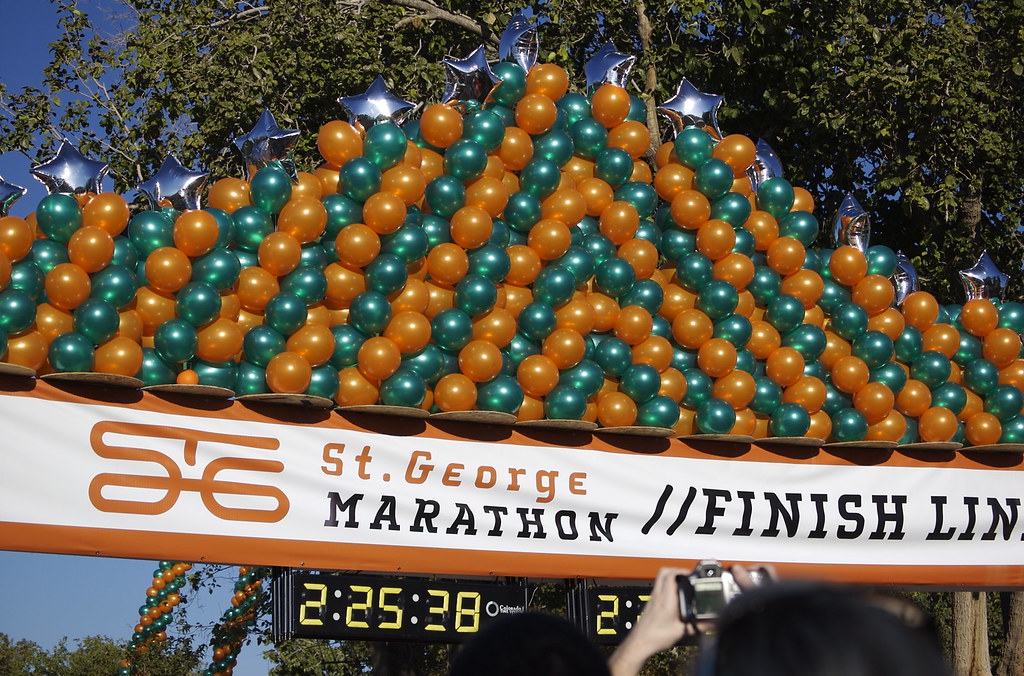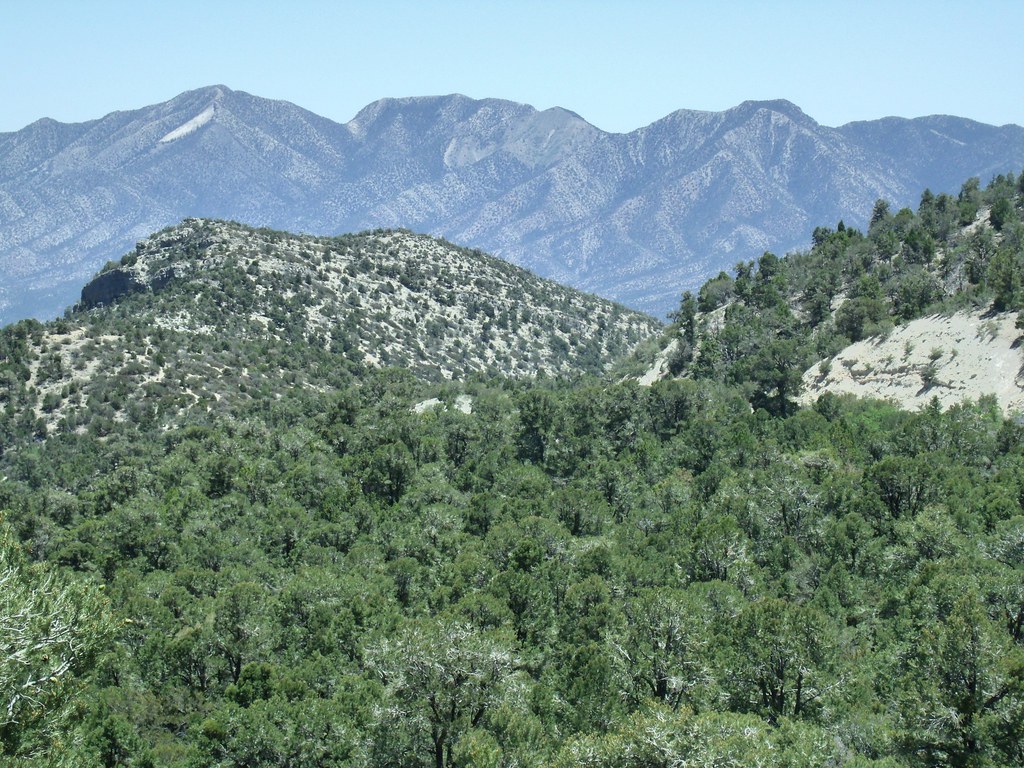My wife keeps signing me up for running races. I guess she wants some company during her crazy pursuits. It seems harmless enough so I join her even if I’d rather be doing something less competitive. Those are the kinds of compromises one makes to keep peace in the house, and we’ve been together a long time so something must be working.
Anyway she got a great discount on a whole series of races sponsored by a local running store because she bought them as a set. Wait, is this a geography blog or a running blog? Don’t worry, I’ll work geography into this. They’ll share equal billing while I examine an interesting overlap.
Clarendon Day

The Clarendon Day 5K in Arlington, Virginia came next in the series (map). My wife actually ran both the 5K and the 10K back-to-back, although as I mentioned, sometimes I question her sanity. Nonetheless, 5 kilometres (3.1 miles) seemed quite enough for me on Sunday. We could walk to the starting line from our house so I couldn’t find a reasonable excuse to skip it even if I tried.
Running came to me only recently — really the last couple of years — although I enjoyed hiking, biking and other outdoor activities well before that. I discovered pretty quickly that I could run decently well, at a respectable pace although not spectacularly, and I generally finished just barely within the top ten percent for my age group. Ditto for Clarendon Day, 4th out of 48 in the geezer man category.
I got a great time, shaving almost a full minute from my Personal Record, finishing in 20:46 with a 6:41 mile pace. I’d never completed a 5K with a time of 20 minutes in front of it nor managed to keep a pace with a 6 in front of it until then. How was that even possible?
Gravity!

Some readers might remember the race I described in Regurgitated. Back then I ran down that same steep hill and then back up! This time the course only went down the hill. I wanted to finish with a sub-20 which is one of those iconic 5K milestone times. Sadly, I think I left any possibility of that behind me long before I took up running. I’ll have to be content with those age adjusting calculators. They said I might have finished sub-20 if only I ran a couple of decades ago.
St. George Marathon

Using gravity seemed almost like cheating. However, those times counted just like any others certified by USA Track and Field and other organizations. People have long used terrain to boost their PR’s especially for marathons.
I heard of a race awhile ago that went almost completely downhill, the St. George Marathon. This point-to-point race (map) ran from the Pine Valley mountains into the city of St. George, Utah. In this marathon, runners began at an elevation of 5,240 feet (1,600 metres) and finished at 2,680 feet (815 metres). Nearly eight thousand runners signed up for this event held each October.
I don’t know how they could do it. My quads felt tight after the steep mile of my little neighborhood 5K. I couldn’t imagine how participants would feel after running downhill for a full marathon. They probably couldn’t walk for a week.
Mount Charleston Marathon

Just a couple of weeks ago, someone I know told me he intended to run the REVEL Mt Charleston marathon next April in Las Vegas, Nevada. This one descended even more rapidly than St. George on its path from mountaintop to city streets (map). Runners began at 7,633 feet (2,325 metres) and finished at 2,507 feet (765 metres), dropping nearly a mile in elevation. Race organizers described it as “incredibly fast and remarkably beautiful.”
Why would people subject themselves to such a sustained and drastic 4% downhill? The organizers left no doubt.
“Featuring a smooth downhill slope and spectacular scenery in the Humboldt-Toiyabe National Forest, this race will be sure to help you set your PR and finally hit that Boston Qualifying time”
They even offered a helpful chart that showed finishers at Mt. Charleston averaged 3:57:26 versus 4:28:54 for those at St. George. This race was all about people wanting to qualify for the Boston Marathon. That was the exact reason why my acquaintance will head to Las Vegas too. His current times fell just shy of BQ and he needed that extra boost.
Apparently This is a Thing
Plenty of other downhill marathons hoped to scratch that same itch. It’s quite an honor to qualify for Boston and BQ times are brutal. A simple understanding of geography and terrain could make all the difference between running Boston next year or watching from the sidelines. Just the first page of search engine results produced a long list of possibilities.
I don’t have a burning desire to run a marathon. However, if I do someday, I doubt I could ever achieve a BQ time even with a sharply downhill course. Maybe I could age into it though. The 80 and Over BQ seemed reasonable if I can hold things together long enough.

Leave a Reply